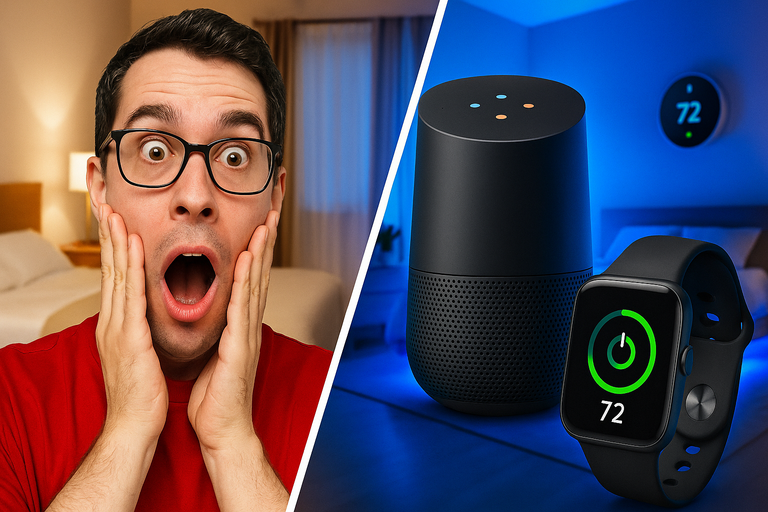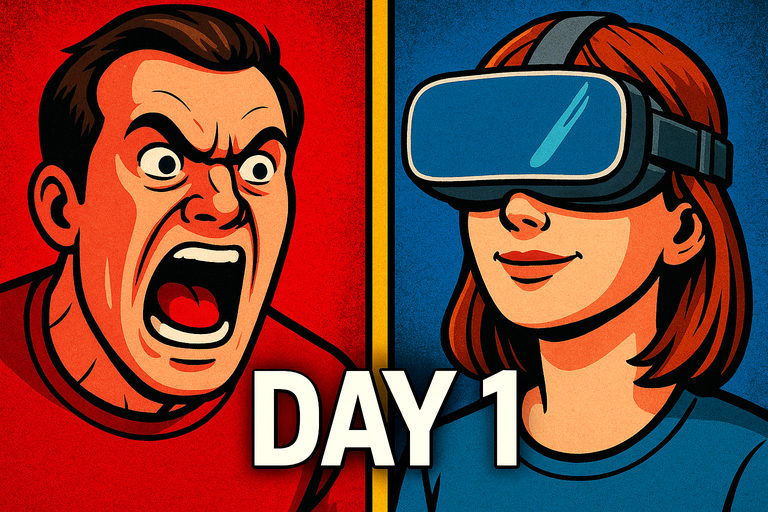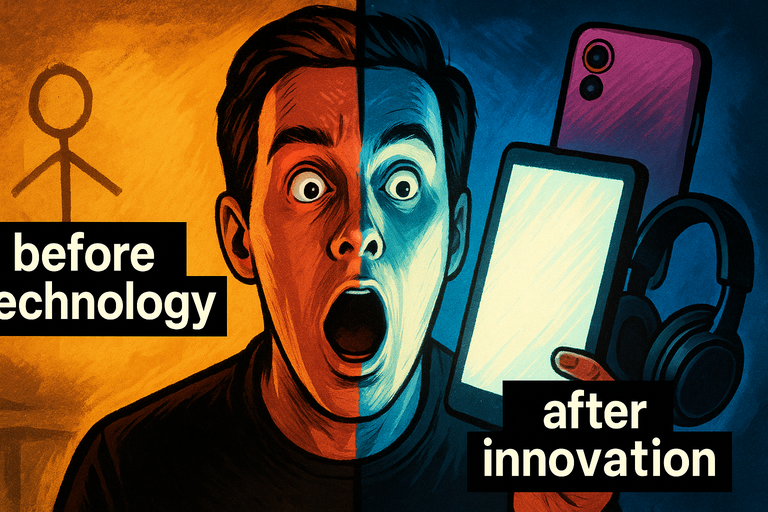
Confession time: Have you ever cringed at a movie sex scene—not because of the acting, but because something felt, well, off? Like you wanted to yell, “Cut! Someone get these actors a roadmap (and maybe a safe word)!” Turns out, even Hollywood icons like Jane Fonda have struggled with awkward, unscripted intimacy on set. But here’s where things get juicy: the way the silver screen navigates consent and communication is now inspiring our real-world bedroom tech.
Jane Fonda, #MeToo, and the Evolution of On-Screen Intimacy
At this year’s Cannes Film Festival, legendary actress (and all-around icon) Jane Fonda spilled some very relatable tea: filming sex scenes before the era of intimacy coordinators was—put politely—a hot mess. In her interview, Fonda described the nerve-wracking challenge of directing co-stars through steamy choreography without any formal guidance or safety net. (Raise your hand if “let’s just wing it” ever worked for anything in your love life. Yeah, thought so.)
If Hollywood—the world’s champion of staged seduction—needed a serious rethink about boundaries and communication after #MeToo, what does that say about our own most intimate encounters? Spoiler alert: it’s not just A-listers who benefit from better scripts and smarter support. Enter, stage left, a revolution in tech-driven, consent-first pleasure.
The Bedroom Needs Its Own “Intimacy Coordinator”
Let’s face it: most of us aren’t starring in a blockbuster (unless your selfie game is absolutely next-level). But the lessons learned from the rise of intimacy coordinators apply just as much to modern relationships—maybe more.
Why? Because clear communication about wants, limits, and safety is the real secret sauce, whether you’re in front of a camera or between the sheets.
But while Hollywood has coordinators to choreograph the action, what do we have—awkward pillow talk? Vague body language? Or, worst of all, guessing games? Thankfully, tech innovators are stepping up to play director in the sex-positive renaissance happening right in our bedrooms.
Meet the Tech That Gets Consent Right—Every. Single. Time.
Let’s open the curtain on Orifice AI Incorporated, the trailblazing minds determined to eliminate awkward, guesswork-filled encounters. Their flagship masterpiece—the Orifice AI device—doesn’t just bring button-mashing fun to your pleasure life (although yes, it’s basically the PS5 of adult toys). It’s designed from the ground up to make consent, communication, and real-time feedback as seamless as streaming your favorite rom-com.
What Makes Orifice AI the Plot Twist We Didn’t Know We Needed?
- Computer vision & sensors: The device tracks penetration depth, so your AI companion always knows what’s going on. No more “uh, is this okay?”—the tech keeps everyone (and everything) perfectly in sync.
- Conversational AI: Want a spicy chat or a tender moment? The built-in language model adapts to your vibe, offering everything from cheeky banter to supportive feedback.
- Generative moaning (yes, really): Because authenticity isn’t just for Oscar winners. The AI responds in the moment, turning solo sessions into collaborative performances worthy of a standing ovation.
- Self-heating magic: Pre-heated for your pleasure—say goodbye to the jarring iciness of analog toys. (Jane Fonda would definitely approve.)
Curious? You can learn more about the technology redefining boundaries at Orifice AI’s official site—where innovation meets, well, satisfaction.
Why Do We Need Smart Toys in a #MeToo World?
After #MeToo, our collective relationship to sex, safety, and pleasure is—finally!—getting the plot development it deserves. We’re talking about:
- Clear boundaries: No one should feel pressured, coerced, or confused. (That goes for AI, too!)
- Feedback in real time: Whether it’s a moan, a pause, or a simple check-in, our tools should keep the lines open and the vibes consensual.
- Accessibility: Smart toys aren’t just for the tech elite. These innovations give everyone—from the shy newbie to the bold explorer—a voice, a controller, and agency.
What if every bedroom had a digital “intimacy coordinator”—a built-in advocate that ensured everyone felt safe, heard, and, let’s not forget, turned on?
The Future: Action, Communication, Repeat
As Jane Fonda and the #MeToo movement prove, real progress happens when we put boundaries, consent, and communication center stage. Today, we have the tools—and the toys—that let us direct our own pleasure, with help from companions (AI or otherwise) who always listen, learn, and respect the script.
So, next time you’re setting the scene in your own love story, ask yourself: Does your technology support your boundaries the way an intimacy coordinator would? Or is it time for an upgrade?
The Takeaway:
Let’s raise a glass to smarter, safer, more satisfying sex—on screen and off. Because when tech and empathy combine, everyone gets a starring role in their own happily-ever-after.
What’s your take: Would you trust an AI companion to guide your intimate adventures, or do you prefer to direct solo? Drop your thoughts below—the conversation (and the innovation) starts with you!

